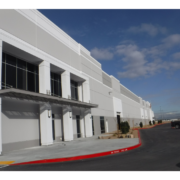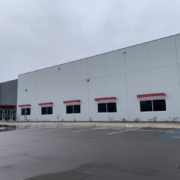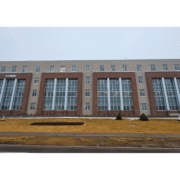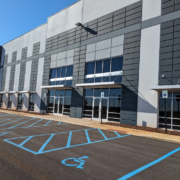Uncovering Untapped Tax Benefits: How 2020-2022 Residential Projects Can Still Benefit From The $2,000 Per Unit §45L Tax Credit
In the world of residential real estate, developers continually seek avenues to maximize returns on investment (ROI) in an industry known for tight margins. We’ll take a look into the advantages of §45L tax credit, focusing on how incorporating energy-efficient features promotes sustainability and leads to a potentially $2,000 per unit tax credit.
Understanding the §45L Tax Credit
The §45L tax credit is an incentive created to encourage developers to embrace energy efficiency in the design and construction of residential buildings. By integrating energy-efficient features, you contribute to a greener future and become eligible for a tax credit that can positively impact the financial performance of your investment.
Who Qualifies?
Developers may be eligible for the §45L tax credit if they developed residential properties that were sold/leased from 2020-2022. To qualify for the $2,000 per unit tax credit, properties sold or leased within this timeframe must meet specific energy efficiency standards outlined by the Department of Energy. Notably, this credit applies to units of three stories or fewer residential buildings and single-family homes.
Eligible properties:
- Multifamily apartments
- Assisted Living
- Condos
- Single-family developments
- Townhome developments
A very important aspect of the §45L tax credit the developer has to be willing to amend their taxes.
Energy-Efficient Features That Matter
Understanding the energy features that can make your property qualify for the §45L tax credit is essential. Some common qualifying features include high-efficiency HVAC systems, advanced insulation materials, energy-efficient windows and doors, and more. By incorporating these features, you contribute to a sustainable future and your company could increase its cash flow.
Navigating the Application Process
Our professional engineering firm is well-versed in determining your property’s eligibility, ensuring compliance with all necessary criteria, and guidelines required through the documentation process. Incorporating energy-efficient technologies into your properties goes beyond being environmentally conscious; it could highly increase your ROI by reducing your taxable liabilities and increasing cash flow.
Conclusion
By understanding the eligibility criteria embracing energy-efficient technologies and seeking guidance from qualified professionals such as our firm. It could capitalize on the extensive financial benefits provided by the §45L tax credit. Therefore, our firm encourages your company to examine your current or past residential properties portfolio that was developed and leased or sold during 2020-2022 and uncover the hidden potential that lies within.











